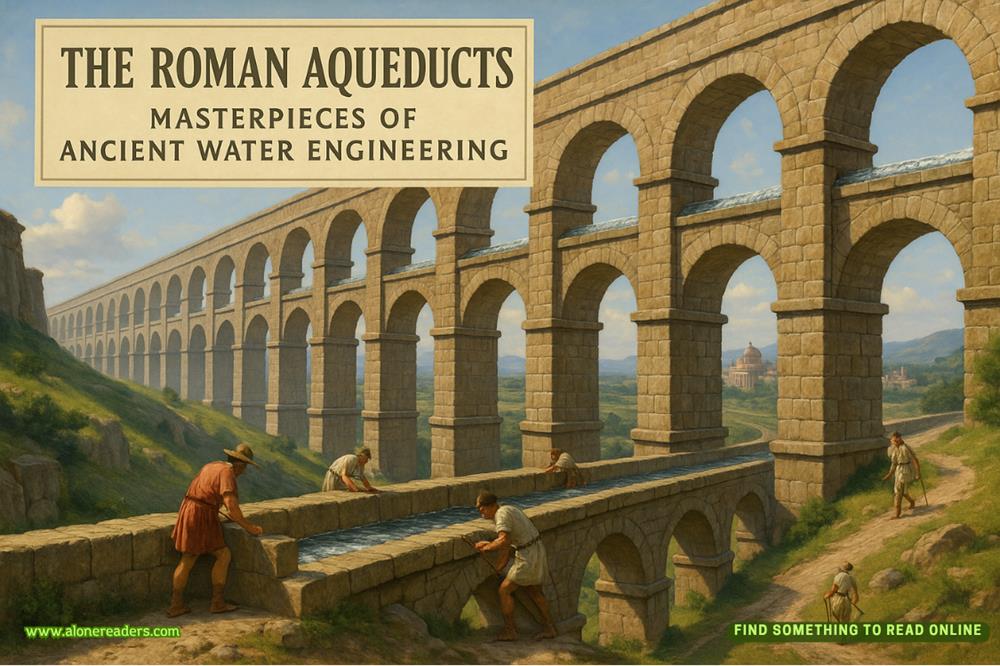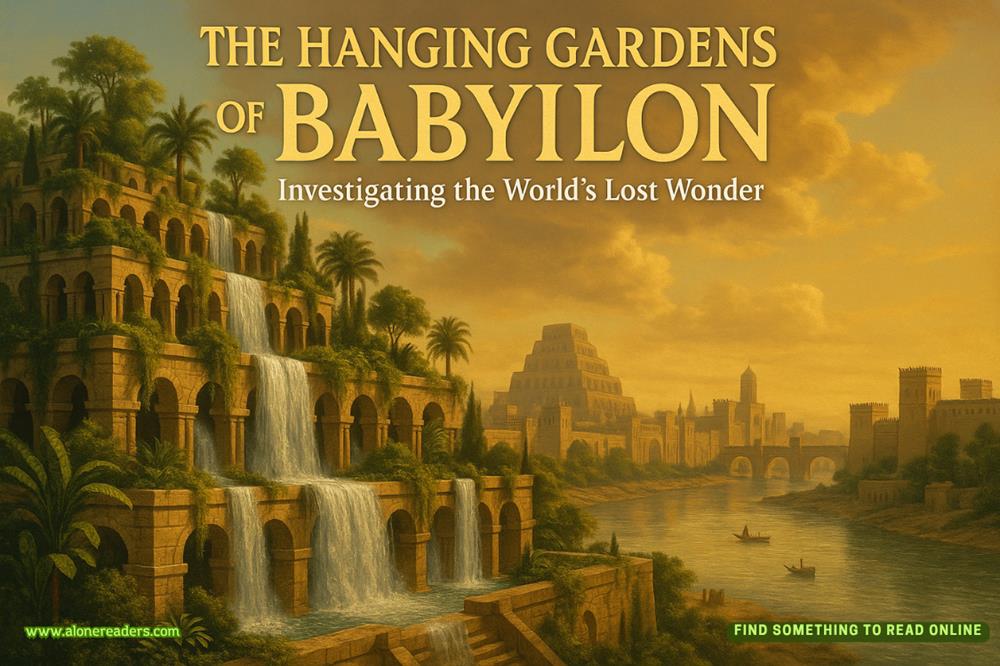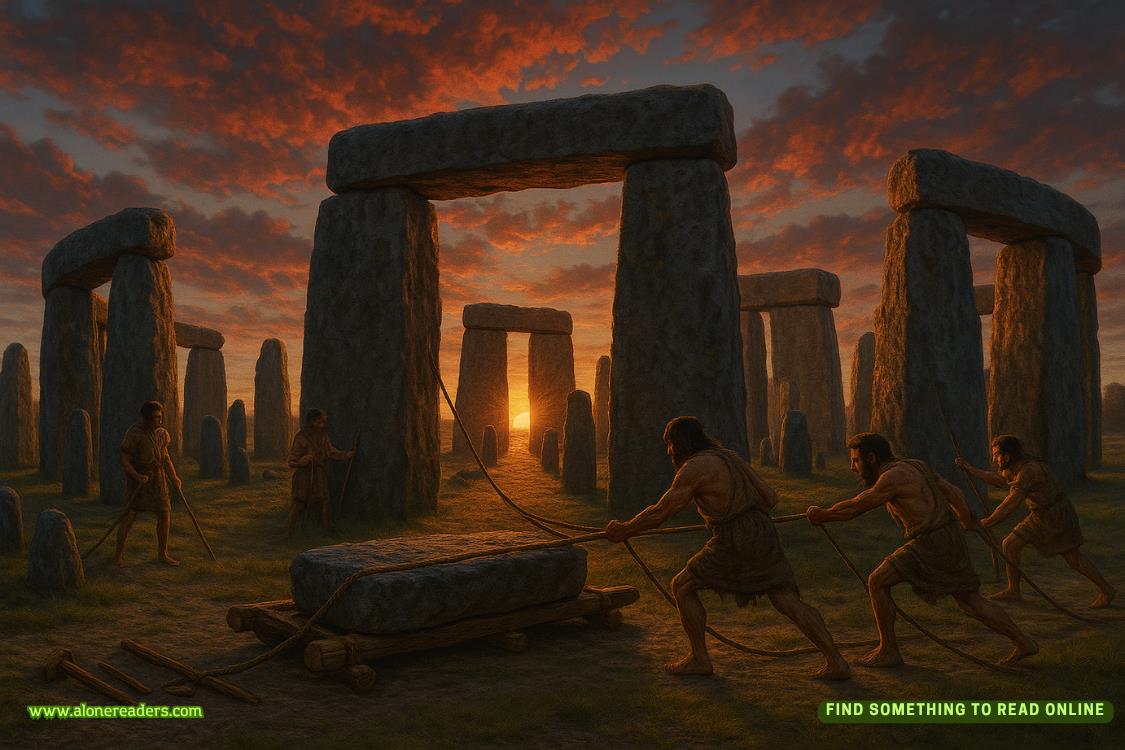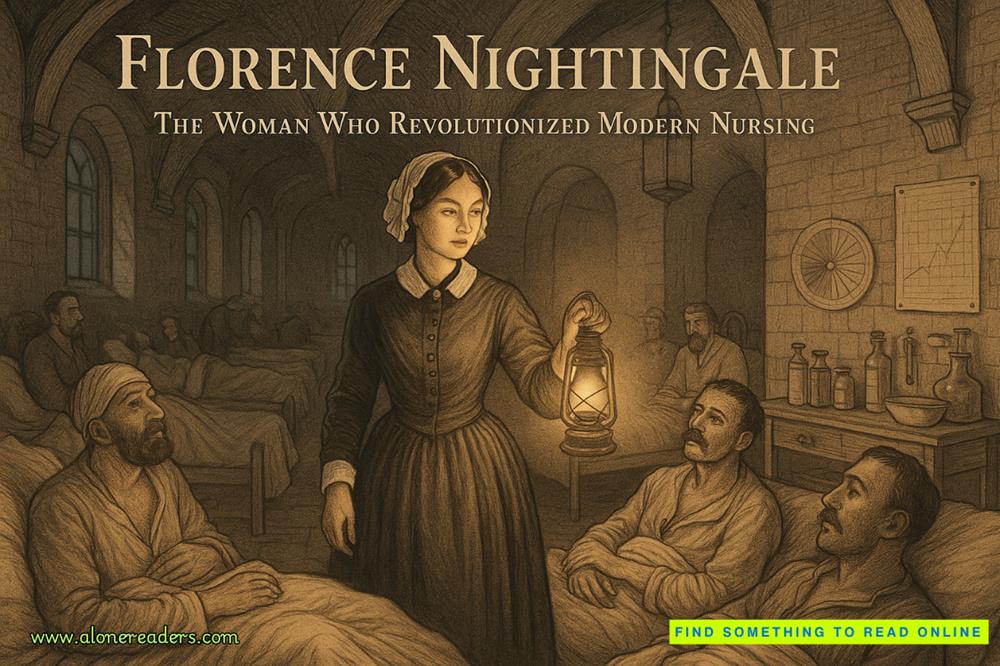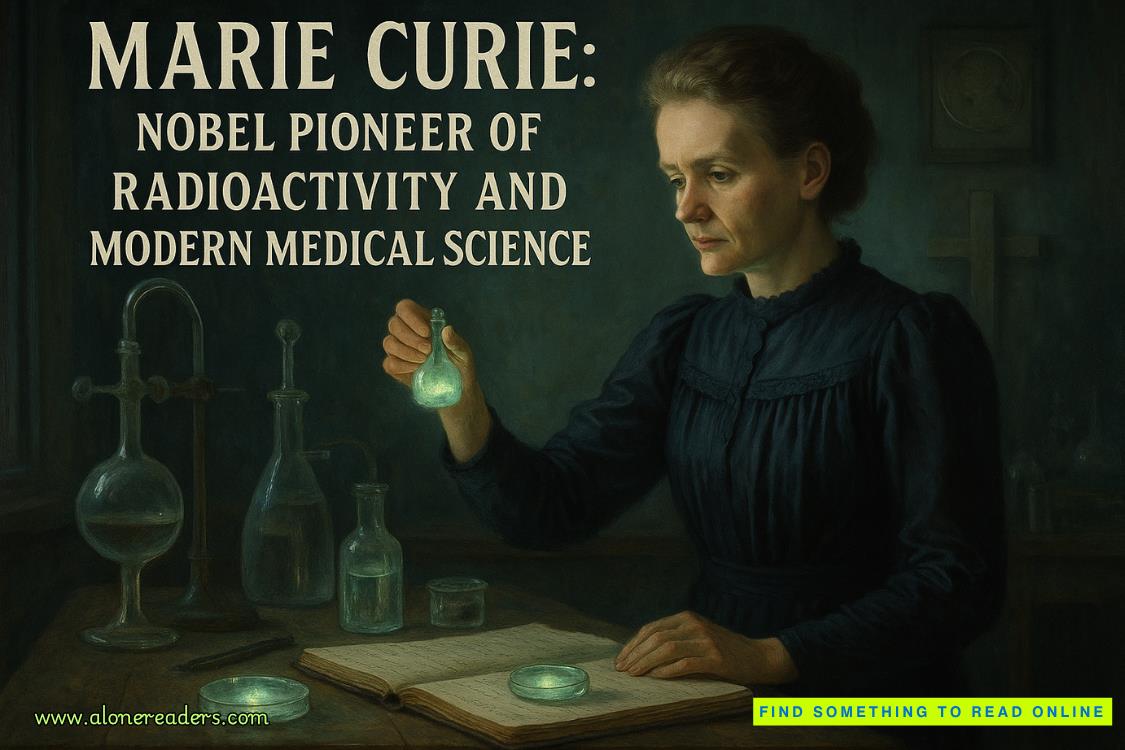Page 71 of Picture This
*
‘Okay, 30 seconds before the brown paper comes down,’ Alfie announced.
Susie downed the drink in her hand, then grabbed another one.
‘Positions, please,’ she instructed the male models, who stepped up to the windows, taking the corners of the sheets of brown paper covering the glass, then awaited their cue. Susie glanced at her watch. ‘Ten, nine, eight, seven, six… five, four, three, two – and go!’
The six men started slowly, teasingly, to tear the paper away. It was a bizarre experience, almost like looking out from inside a Christmas present as the outside world was revealed staring in: the faces of the crowd, and a flustered Felix Baum pressed up against the glass window of his own gallery.
*
‘… as you can see, the artist has recreated the original Chinese erotic print, but introduced subversive references to American culture using icons recognisable to us all.’
Felix, now composed and in full professional mode, stood in front of Susie’s reinvention of the Chinese erotic print, talking directly into the camera, having already covered two of the artworks – the Klimt and the John Waterhouse, artworks that had been easy to analyse and hypothesise on. But this one, in light of the sexual encounter they’d had after the shoot, was more of a challenge. Faltering, he deliberately averted his gaze from the central motif of Susie being penetrated.
‘For example, the Chrysler classic car the central figure – portrayed by the artist herself – is propped up on, the Hilton hotel slippers the male figure is wearing, along with his robe, are humorous references to contemporary America. While the artist also cleverly references classical Chinese opera, with the masks covering the faces of the women – the colours of the dots on the forehead of the masks each symbolise an emotion in Chinese opera. But I think the strength of this work lies in how it makes the viewer feel,’ Here he tried grinning wryly. ‘Uncomfortable, maybe aroused, not knowing whether to find the composition humorous or plain pornographic. This is a deliberate strategy on Susie Thomas’s part; she wants us to examine the erotic gaze – to wrestle with the notion that we, the onlookers, are deliberately being placed in the position of voyeurs.’
Behind the camera, Martha gave him a thumbs-up. Relishing his own performance, Felix led the camera crew on to the next painting. ‘Ah, so this is an enactment of the very famous Japanese erotic print, The Dream of the Fisherman’s Wife – a kind of ode to cunnilingus, really,’ he added cheekily, making the director, worried about the ratings, scowl. ‘Again we have Thomas herself at the centre of the image, but instead of a 17th-century Japanese fisherman’s wife, the character appears to be a naked Wonder Woman from the Marvel comics, while the two octopuses making love to her are both obviously blown-up rubber toys. The writing on the backdrop – Japanese in the original etching – here is comprised of Sixties Marvel cartoon strips laid vertically. Again Thomas has made a succinct comment on both feminism and the portrayal of female sexuality within the fantasy genre…’ He hesitated; through the crowd he could see Felicity Kocak and art critic Donald Voos engaged in intense conversation. Both of them looked worried. Before he had a chance to wonder why, Martha ushered Susie towards him and the camera.
‘Ah, but here is the artist herself, Susie Thomas!’ Acting for the camera, he put his arm around Susie’s shoulder. ‘Welcome, Susie, and congratulations on a profound and confrontational show.’
‘Thank you, Felix.’
He began to walk Susie towards the next artwork, deeply conscious of the camera crew filming.
They stopped in front of the large revised version of Poussin’s orgy, curiously familiar with its classical cacophony of limbs and flowing robes, yet at the same time brutally contemporary. Staring over at it, deeply aware of the gaze of the 60 or so people behind him, he had the satisfaction of being the only person in the room who recognised himself, there in the centre of the image, his arms transformed into the severed arms of the statue, the red mask with Abraham Lincoln’s features concealing his own. If only they knew…
‘So I’m sure most of the viewers would instantly recognise the original artwork – the very famous Triumph of Pan by Poussin. But in Thomas’s appropriation, the masks worn by the revellers are referencing four famous US presidents – the Bacchus statue at the back is wearing the face of Abraham Lincoln, while the three abandoned masks on the ground are Kennedy, Reagan and Nixon. While the abandoned vessel in the lower right-hand corner is a wine flask in the original, here it is an Esso oilcan. Am I correct in assuming this is a commentary on the US involvement in the oil industry, a wry orgiastic depiction of the squandering of natural resources?’ He addressed this to Susie.
‘Something like that,’ she replied enigmatically, then, to Felix’s frustration, stopped, and an awkward silence fell.
‘Tell me, how does it feel to be in your own artwork?’ he persisted brightly, trying to ignore how flustered and perhaps drunk Susie might appear to the camera. ‘I know this will be something many watching this documentary will be curious about. Do you ever feel compromised, either sexually or morally? I mean, in truth, by placing yourself within the image as you do, you are arguably eroticising your own image. So when does the public stop and the private begin?’
To Felix’s dismay, Susie grabbed another glass of champagne and gulped it down in front of the camera, then turned to him a little drunkenly. ‘You could probably answer that a lot better than me, Felix. Frankly, I’ve never consciously distinguished between the two. As soon as you do that I think you lose your honesty as an artist – that core instinctive connection with the work itself. Unlike many art professionals,’ she fastened on him with a steely gaze, ‘I don’t compartmentalise – what you see is what you get, and if people don’t like it, they can fuck off,’ she concluded, smiling sweetly.
Appalled, Felix was lost for words, but then another problem appeared on the horizon. He’d caught sight of Latisha Johnson entering the gallery. He froze, unable to fathom why she’d turned up at the exhibition, or even how she had got there. Pinned in front of the rolling camera, he nodded helplessly.
Susie followed his gaze and spotted Latisha, towering over the other guests. To distract him, she took his arm. ‘But I’d really like to show you the last, and in some ways the most profound, artwork in the show. A more direct reference to American art, the history and industry behind it.’
Felix, still in front of the camera, had no choice; with increasing trepidation, he allowed himself to be led across the gallery to the smaller adjoining space. To his surprise there was a gaggle of people he knew waiting at the entrance: Felicity Kocak, Donald Voos and, to his dismay, Joanna Fleisch from the Hopper Foundation – all three of them staring grimly at him as he entered the smaller gallery.
It was unmistakably a photogr
aphic rendering of his Hopper: Girl in a Yellow Square of Light; only Susie had substituted Maxine Doubleday as the young blonde on the edge of the bed. Even more disturbingly, the man in the framed photograph on the bedside table was now Gabriel Bandini. And the girl in the toothpaste ad on the billboard, visible beyond the bedroom window, was Susie Thomas herself, overseeing the whole scenario, staring in – a sublime and disturbing statement.
Felix halted in the centre of the room, not knowing whether to run or to continue performing for the camera.
‘So, Felix, I believe you must be extremely familiar with this so-called early Hopper – Girl in a Yellow Square of Light. After all, I believe it was you who discovered it, along with several other early Hoppers.’
‘I did… ’ His faltering voice betrayed him. Pulling himself together, he tried to adopt his usual suave facade again. ‘It’s highly flattering that you decided to make this the basis of your final work.’
‘I had no choice. The works are a reflection of my time in New York, and this painting, the story behind it – both in terms of subject matter and its authenticity – became an integral part of my experience here. I love Hopper, and all the Ashcan School, in fact – they are so inherently New York, a real reflection of the urban landscape and the kind of alienation people can feel in the Big Apple.’
Alarmed, Felix tried to step back, but the entrance was now blocked by spectators fascinated by his clearly unravelling composure. Spinning around, his gaze briefly focused on Marty Hoffman, who grinned back triumphantly. For a moment Felix wondered whether reality had slipped and he was now trapped in some dark nightmare of his own imagination.
‘So tell me, do you recognise the young blonde woman at the edge of the bed?’
‘No, I don’t think I do.’ Again he made a bid for freedom but Susie pushed him back in front of the camera, which now felt like the leering muzzle of a wolf.
